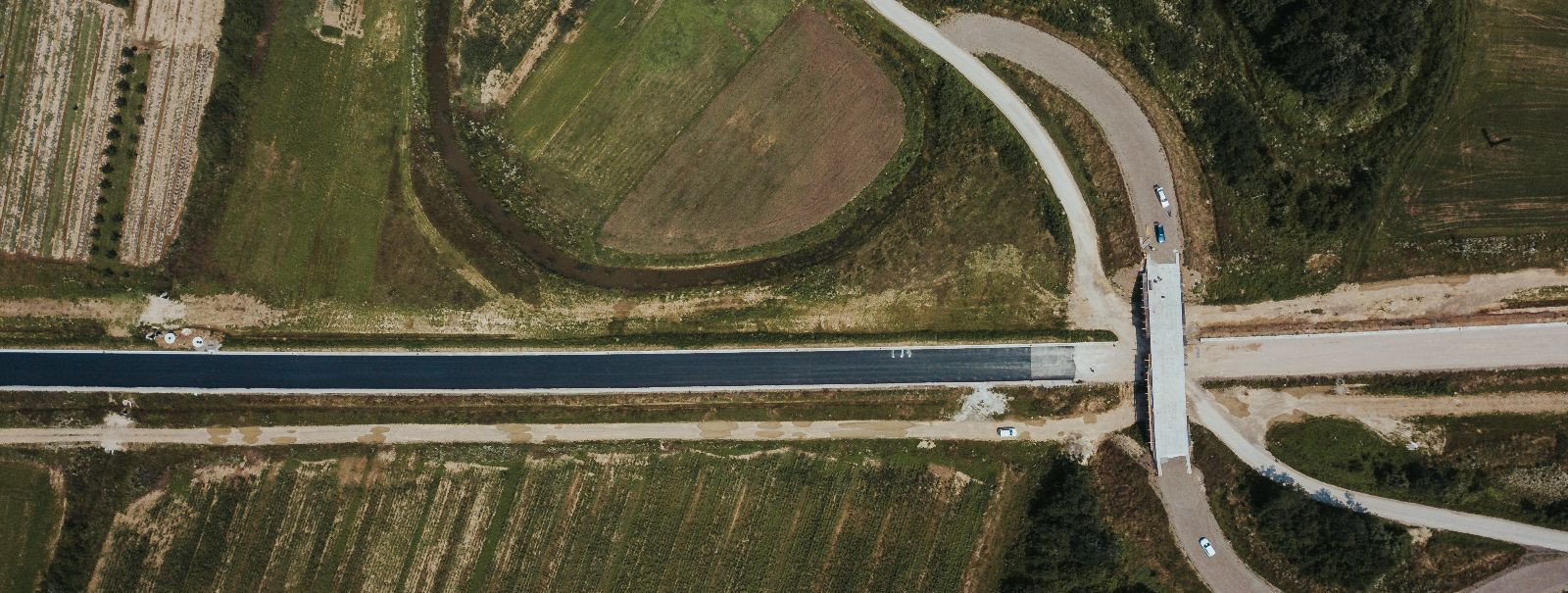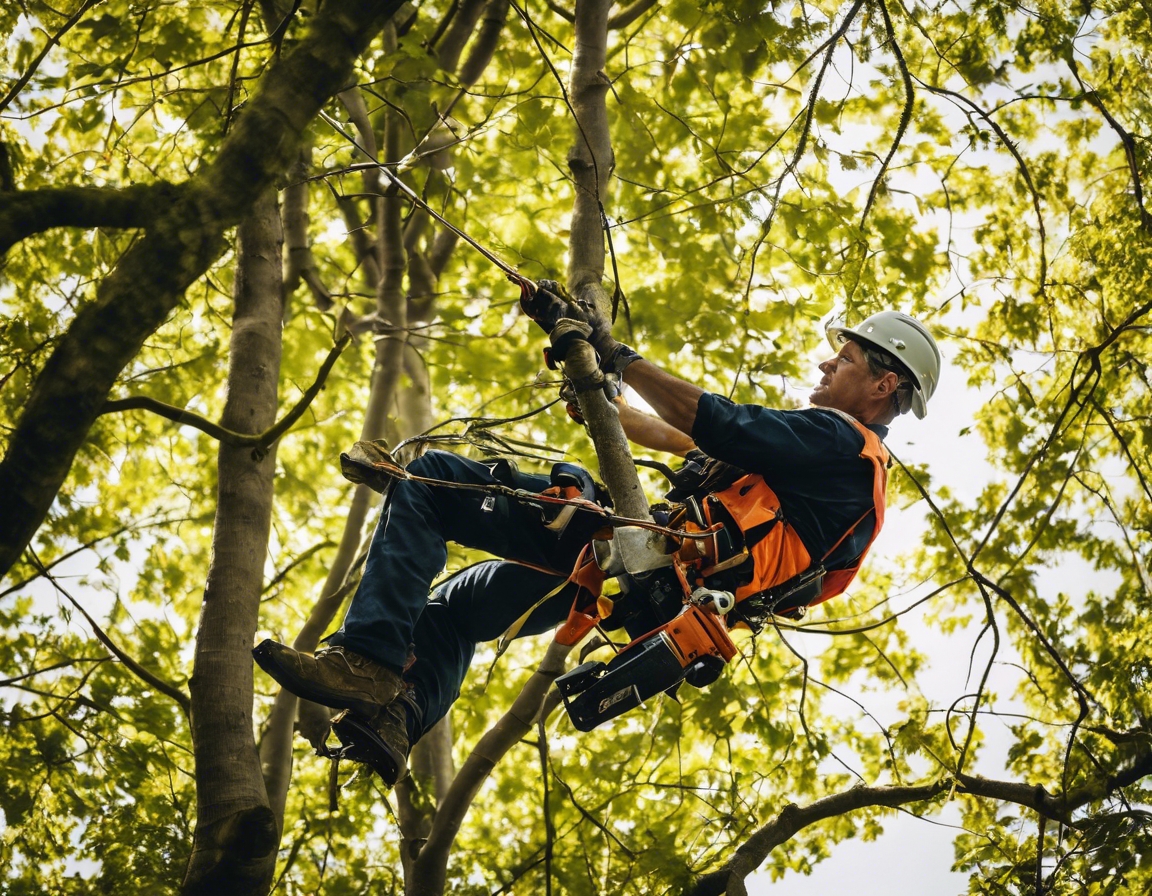5 tips for sustainable road construction
As the world becomes increasingly aware of the environmental impact of construction activities, sustainable road construction has emerged as a critical field within the industry. Sustainable road construction aims to minimize the environmental footprint while still providing safe and durable infrastructure. This approach not only benefits the planet but also offers long-term economic advantages.
Sustainability in road construction involves the careful selection of materials, methods, and practices that reduce environmental impact and promote the longevity of the roadways. It is a commitment to preserving natural resources and reducing pollution, ensuring that infrastructure development does not come at the expense of our environment.
Road construction and maintenance can lead to significant environmental changes, including habitat disruption, increased pollution, and resource depletion. By adopting sustainable practices, we can mitigate these effects and contribute to a healthier ecosystem.
Tip 1: Utilizing Recycled Materials
One of the most effective ways to promote sustainability in road construction is through the use of recycled materials. This not only conserves natural resources but also reduces waste in landfills.
Recycled materials often require less processing and energy to produce, leading to a reduction in greenhouse gas emissions. They can also be cost-effective, providing a financial incentive for choosing sustainability.
Common recyclable materials include reclaimed asphalt pavement (RAP), recycled concrete aggregate (RCA), and glassphalt, which incorporates recycled glass. These materials maintain the quality and performance standards required for road construction while being environmentally friendly.
Tip 2: Implementing Advanced Construction Methods
Advanced construction methods can significantly reduce the environmental impact of road construction projects. These methods often involve innovative technologies and practices that enhance efficiency and sustainability.
Techniques such as warm-mix asphalt production lower the temperature required to produce asphalt, which reduces energy consumption and emissions. Soil stabilization methods can also minimize the need for new materials by improving the strength and durability of existing soil.
Other examples include the use of geosynthetics for soil reinforcement and erosion control, as well as the implementation of prefabricated elements to speed up construction and reduce waste.
Tip 3: Prioritizing Energy Efficiency
Energy efficiency is a cornerstone of sustainable road construction. By prioritizing energy-efficient machinery and practices, companies can significantly lower their carbon footprint.
Choosing machinery with better fuel efficiency or that runs on alternative energy sources can lead to substantial reductions in greenhouse gas emissions. Additionally, maintaining equipment in optimal condition ensures that it operates as efficiently as possible.
Efficient project planning and execution can also contribute to energy savings. For example, optimizing transportation routes for material delivery can reduce fuel consumption and emissions.
Tip 4: Enhancing Natural Drainage Systems
Proper drainage is essential for the longevity of roads and the prevention of water-related damage. Sustainable road construction includes the integration of natural drainage solutions that protect the environment.
Effective drainage systems prevent water accumulation, which can weaken road structures and lead to erosion. By using natural drainage techniques, we can manage stormwater runoff in an eco-friendly manner.
Solutions such as permeable pavements, bioswales, and rain gardens allow water to infiltrate the ground, reducing runoff and promoting groundwater recharge. These methods also help filter pollutants from the water, improving overall water quality.
Tip 5: Continuous Monitoring and Maintenance
Regular monitoring and maintenance are vital for ensuring the sustainability of road infrastructure. A well-maintained road lasts longer, reducing the need for frequent repairs or reconstruction, which in turn minimizes environmental impact.
Maintenance practices such as crack sealing, surface treatments, and timely repairs can extend the life of a road and prevent larger, more disruptive construction activities in the future.
Implementing a robust monitoring system that includes regular inspections and the use of technology, such as sensors or drones, can help identify potential issues early on. This proactive approach allows for more efficient use of resources and better preservation of the road infrastructure.






Comments (0)